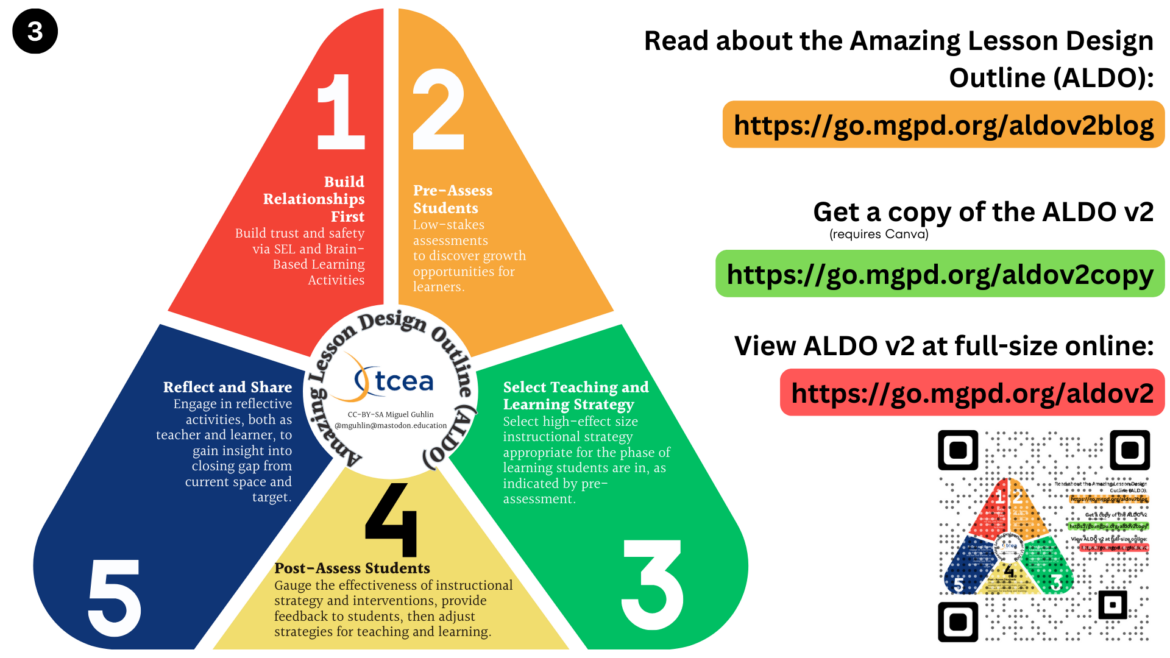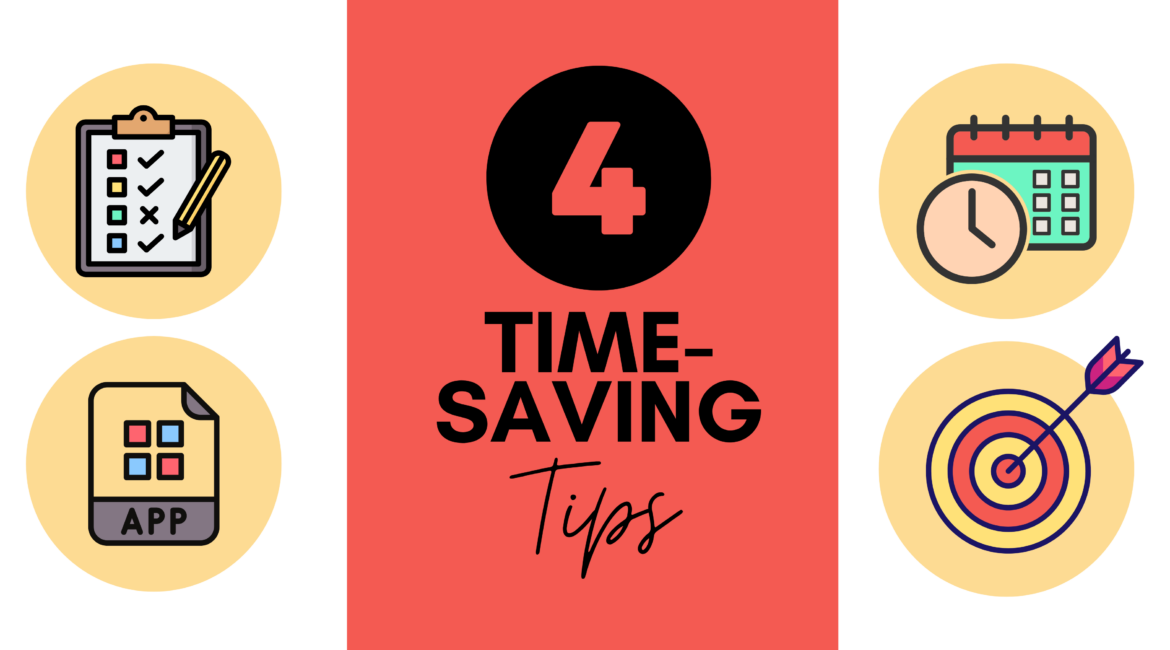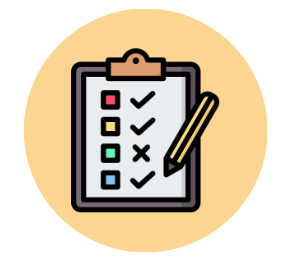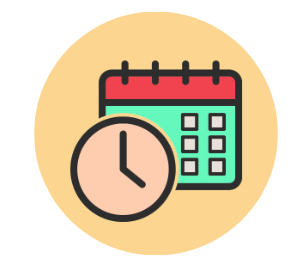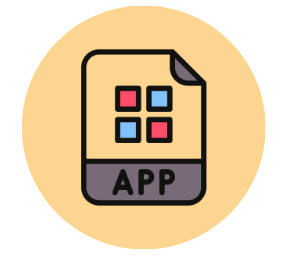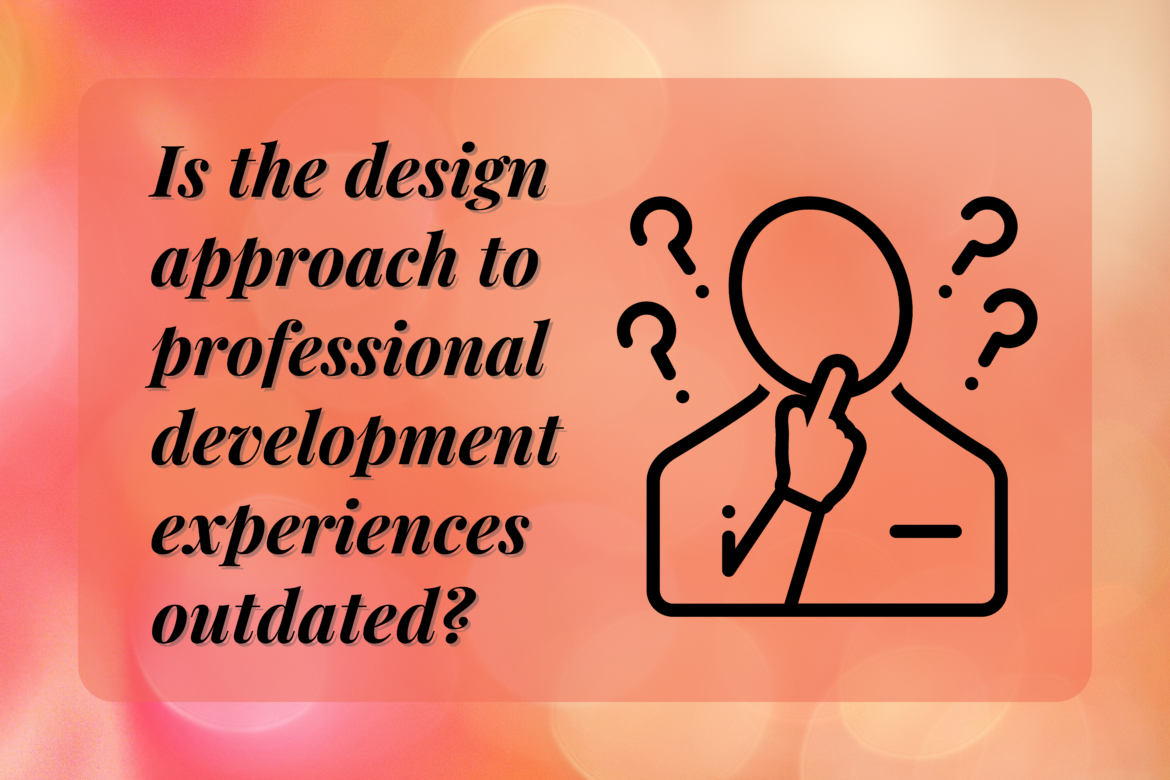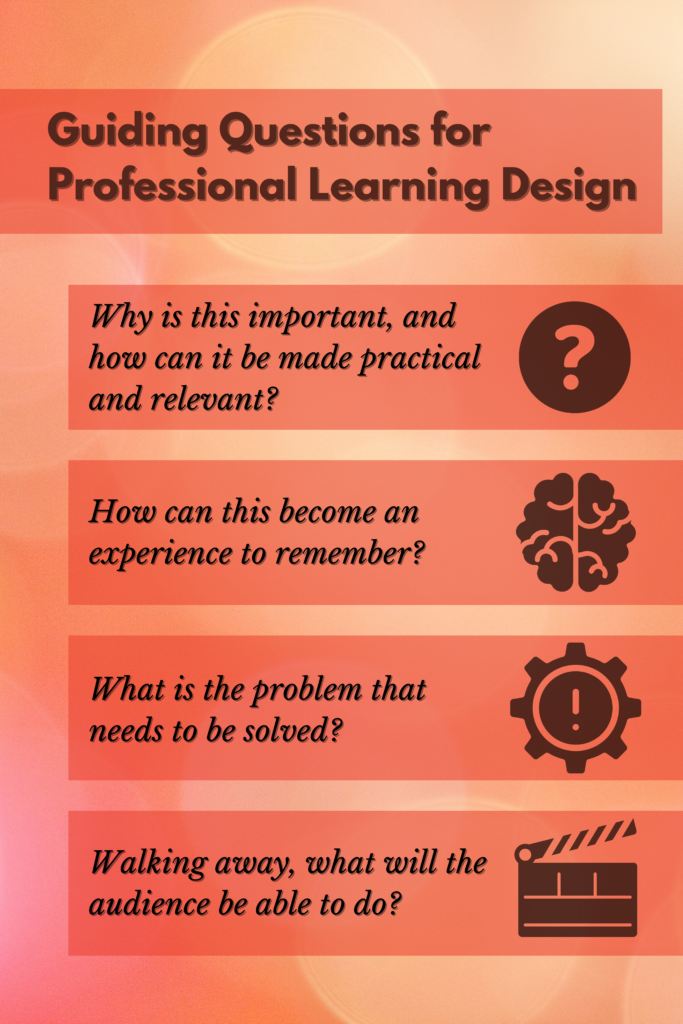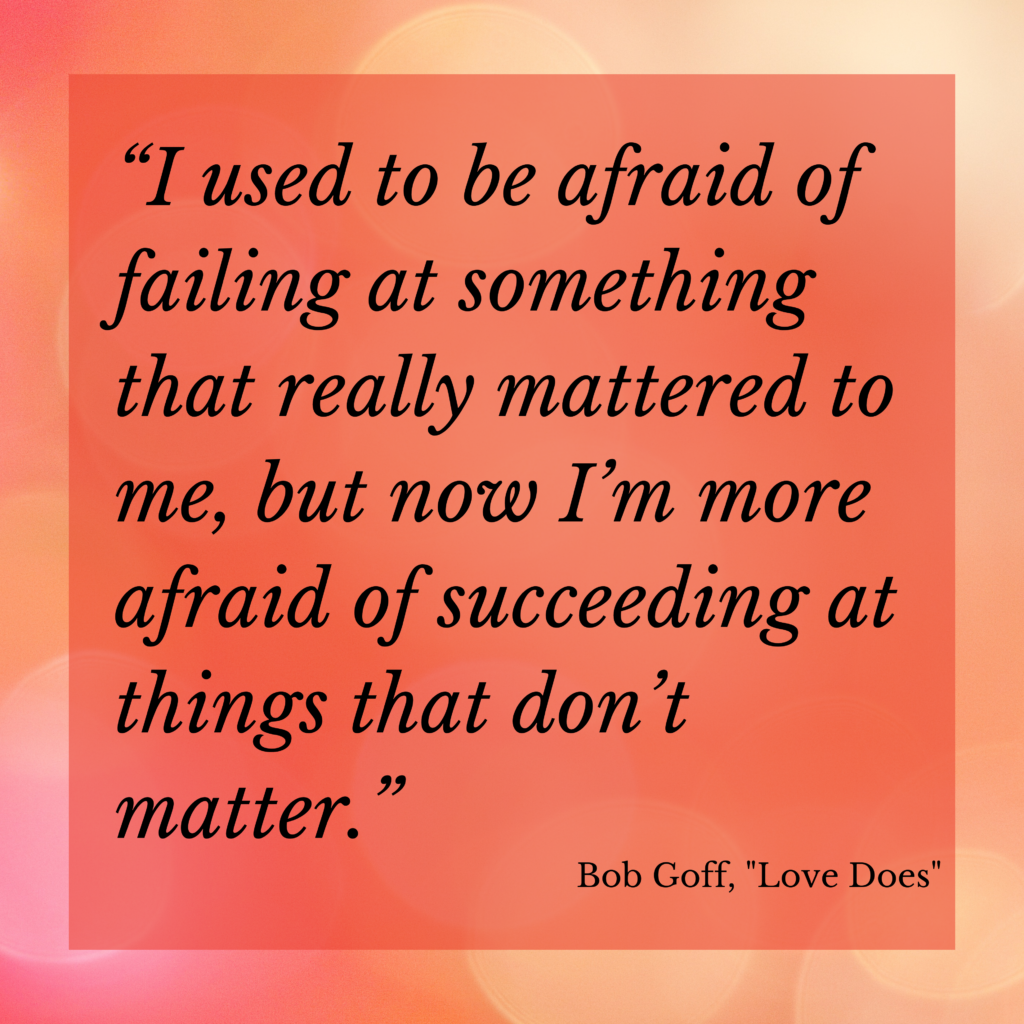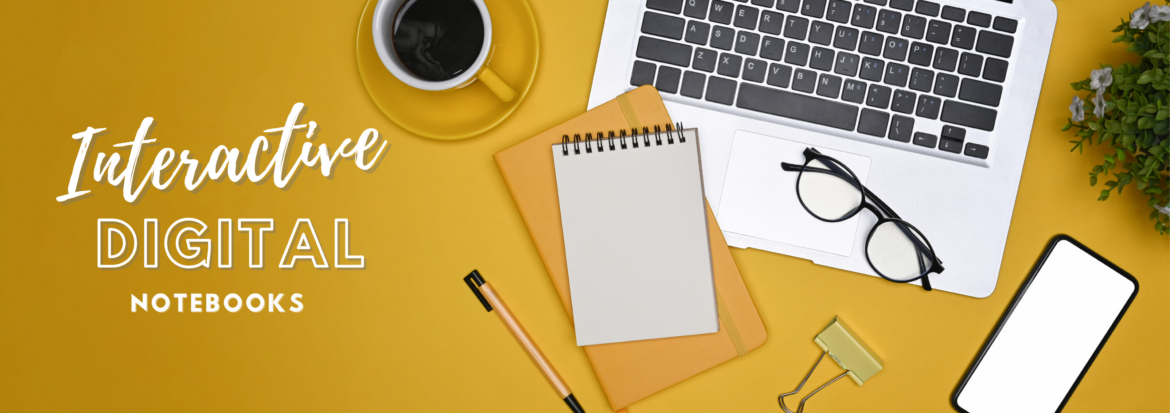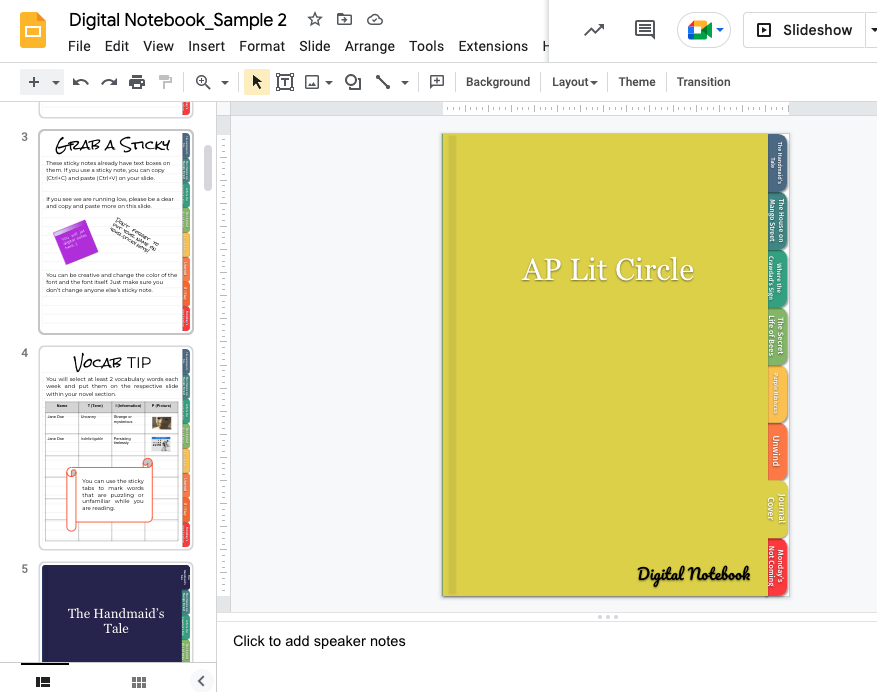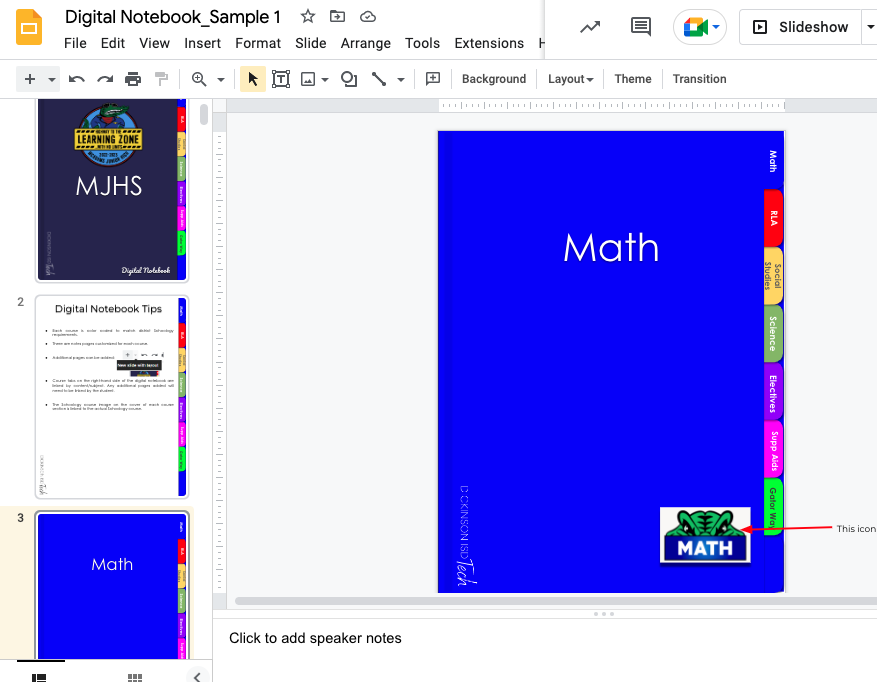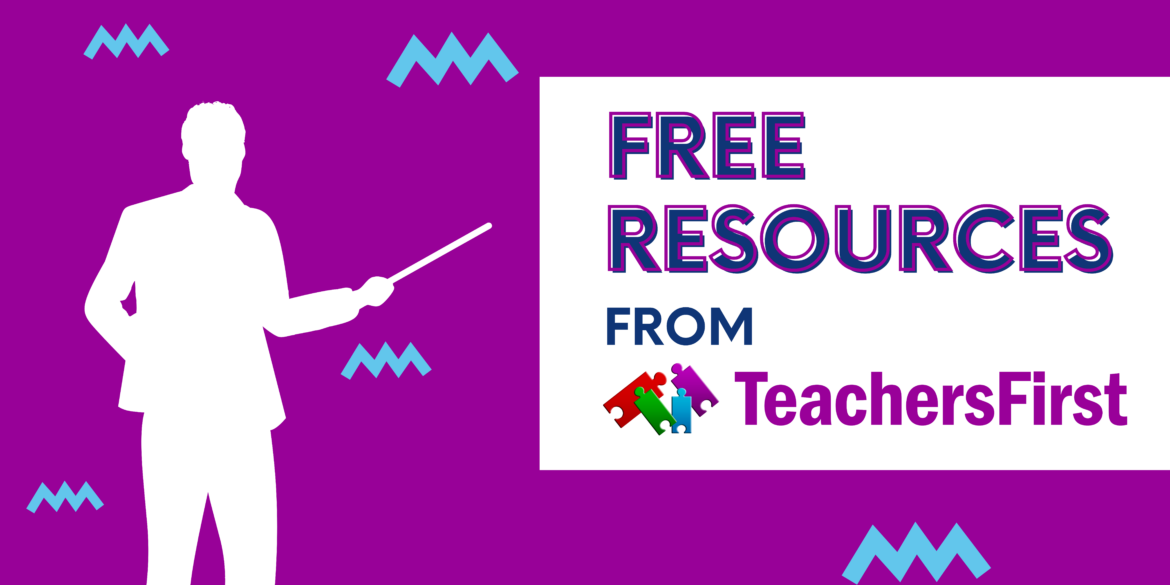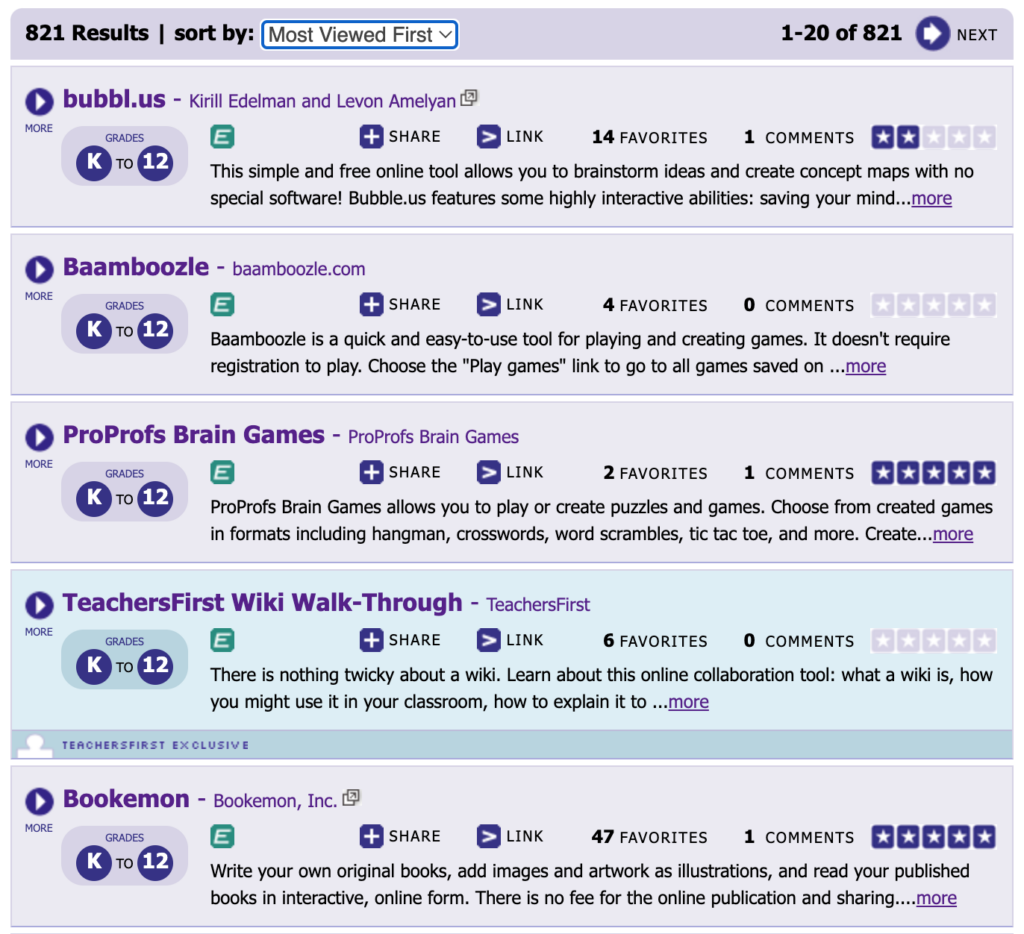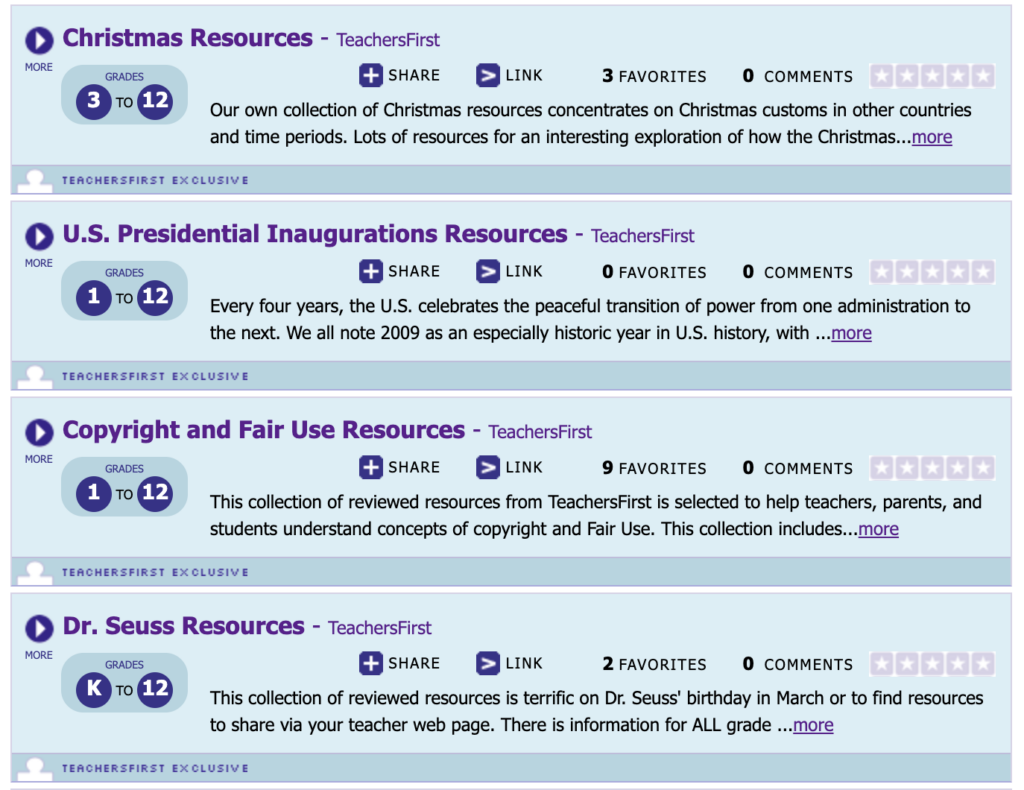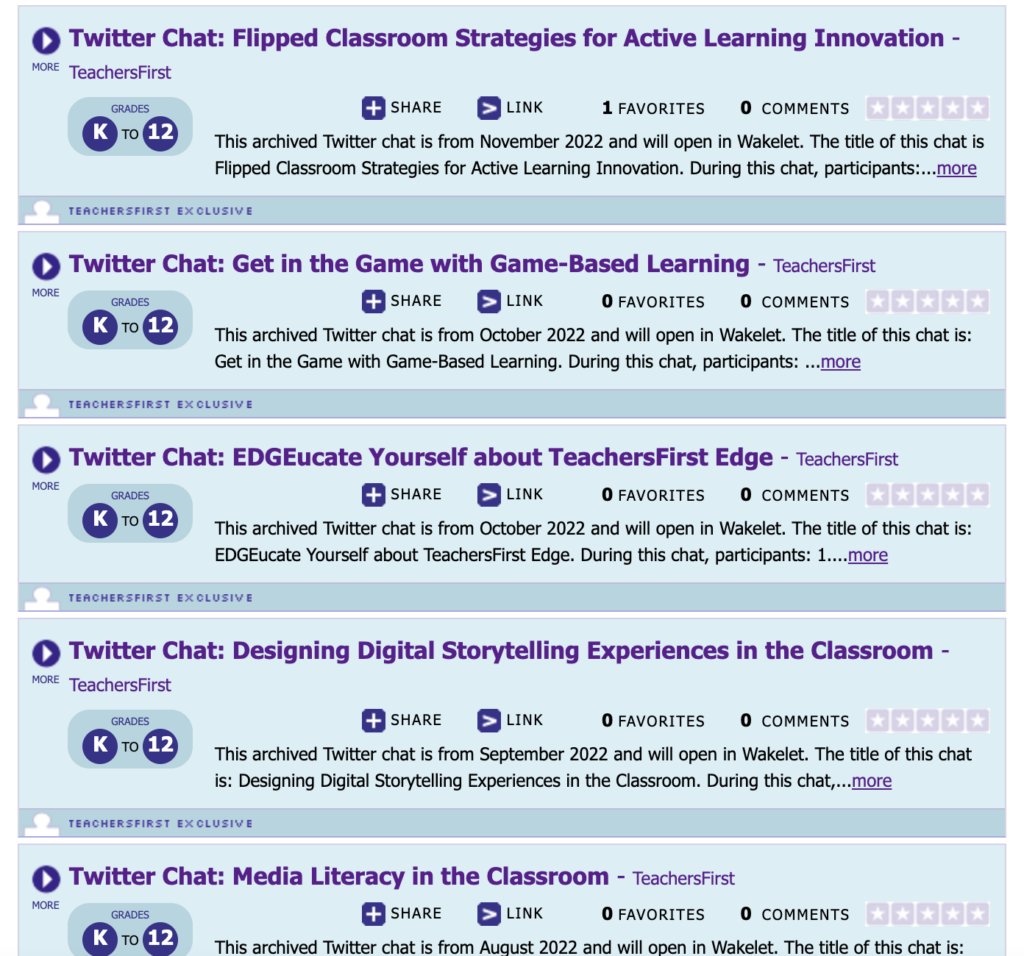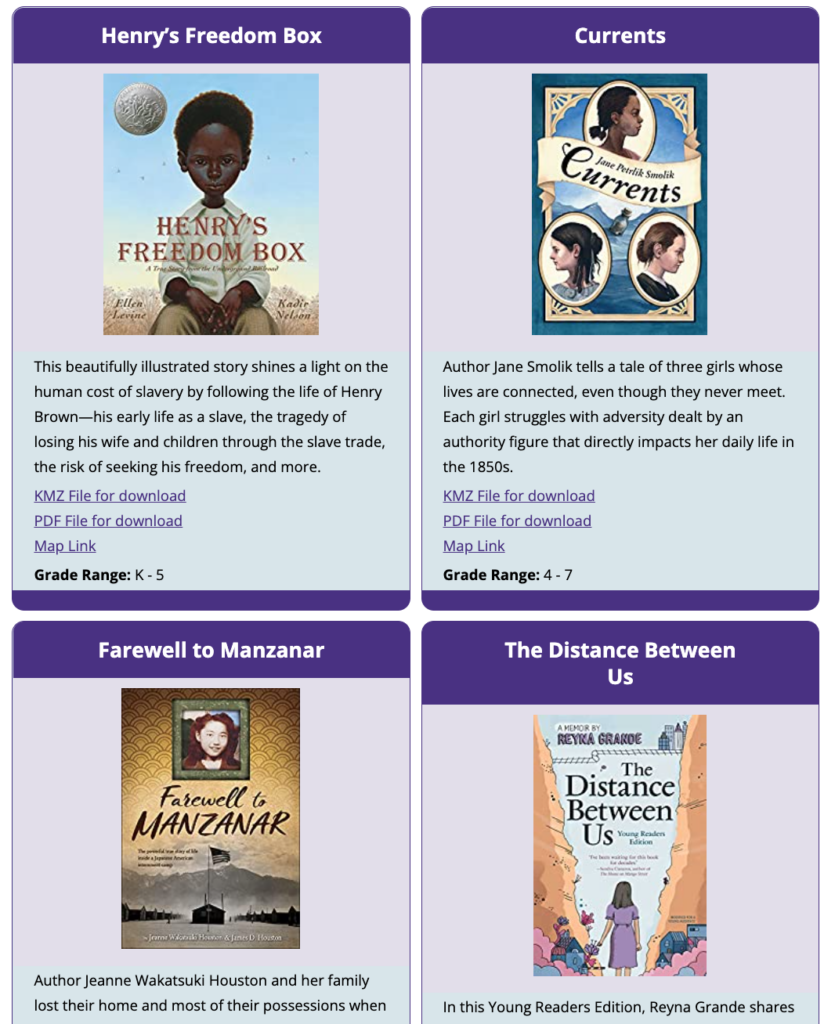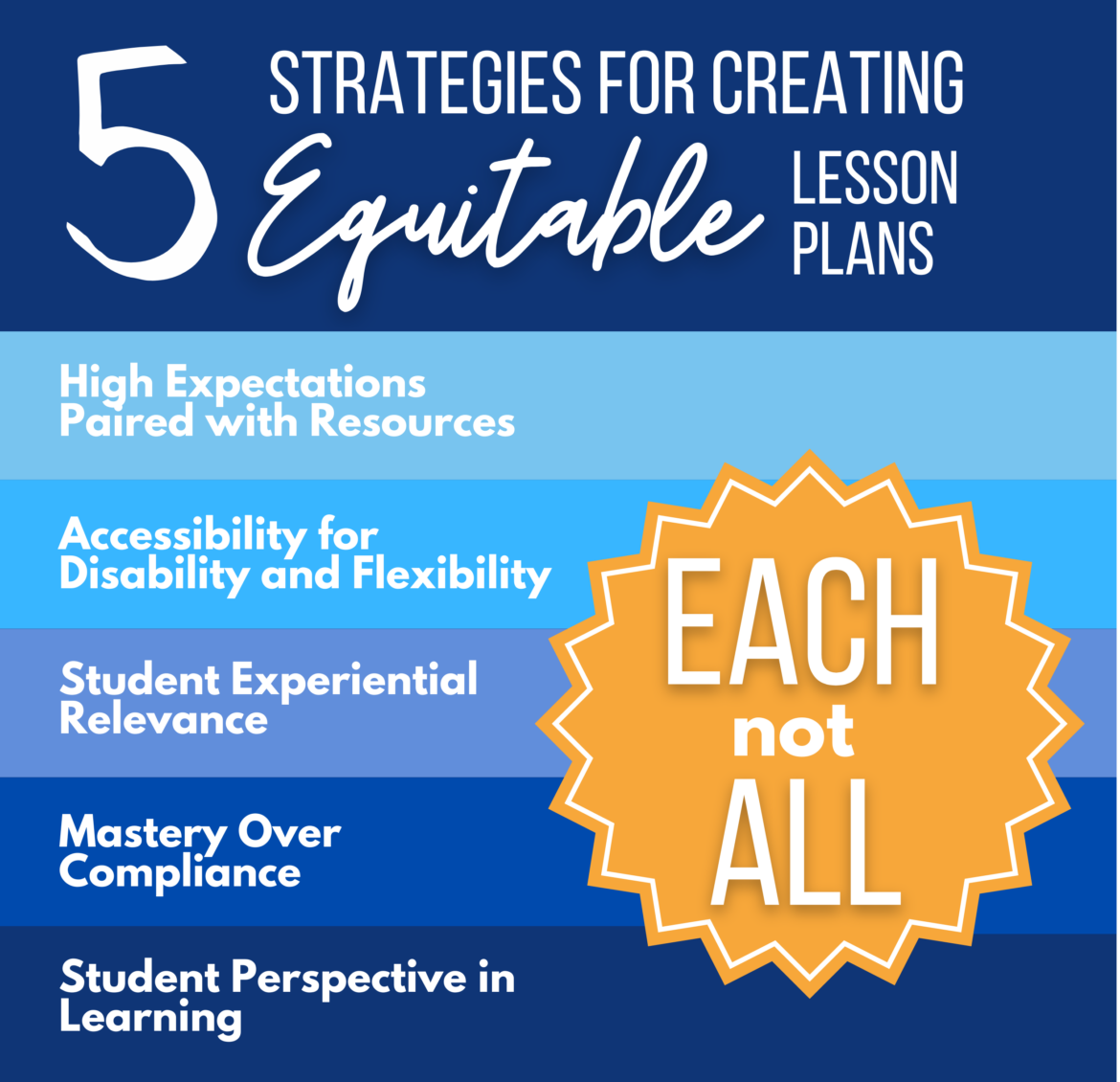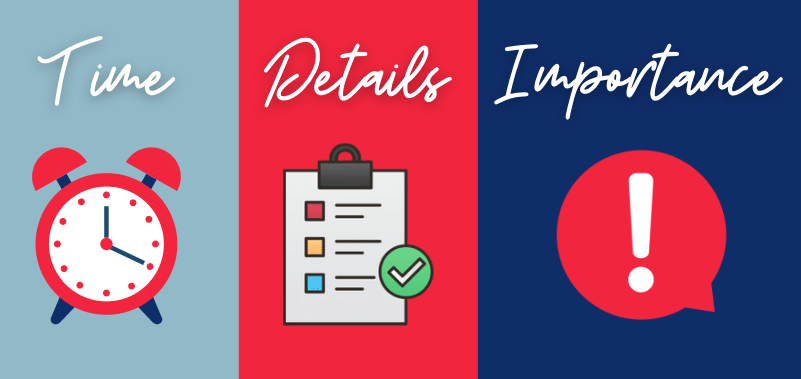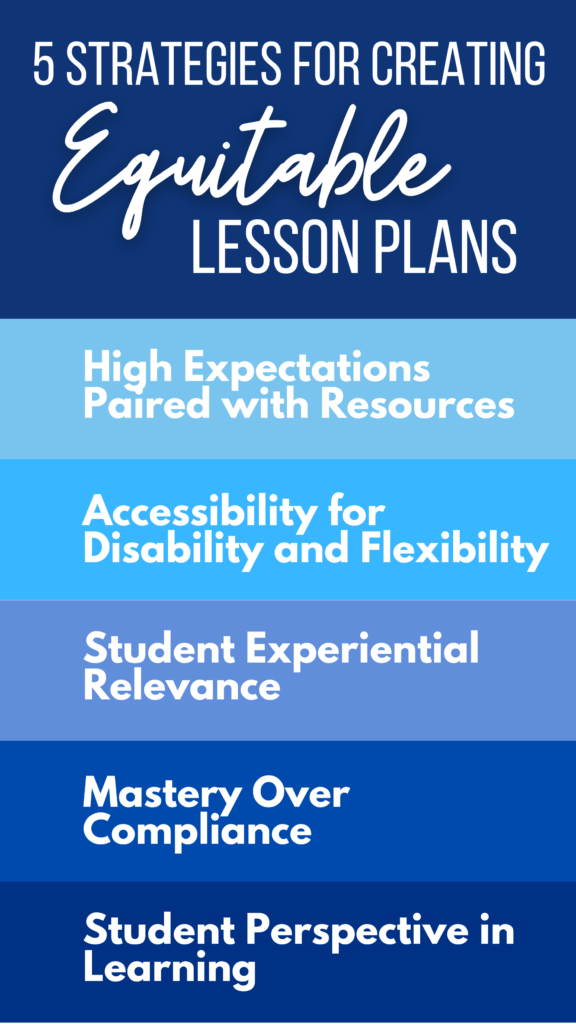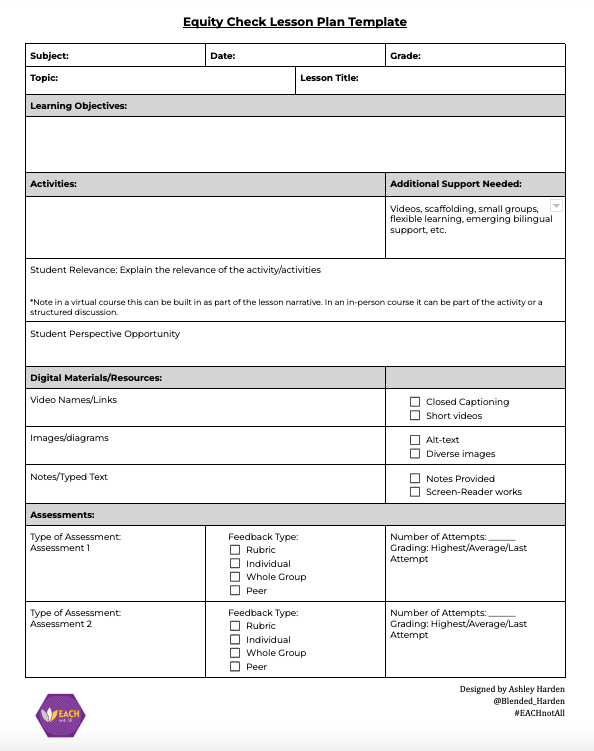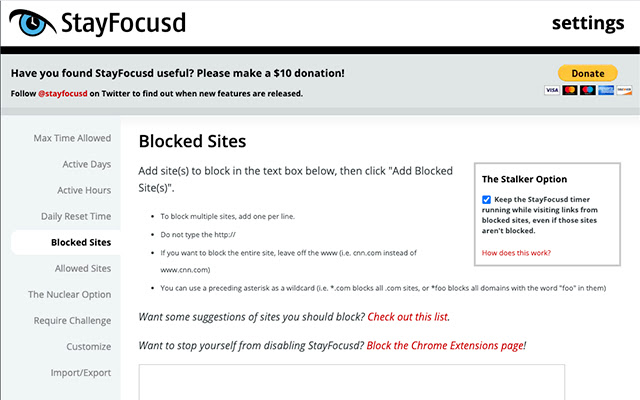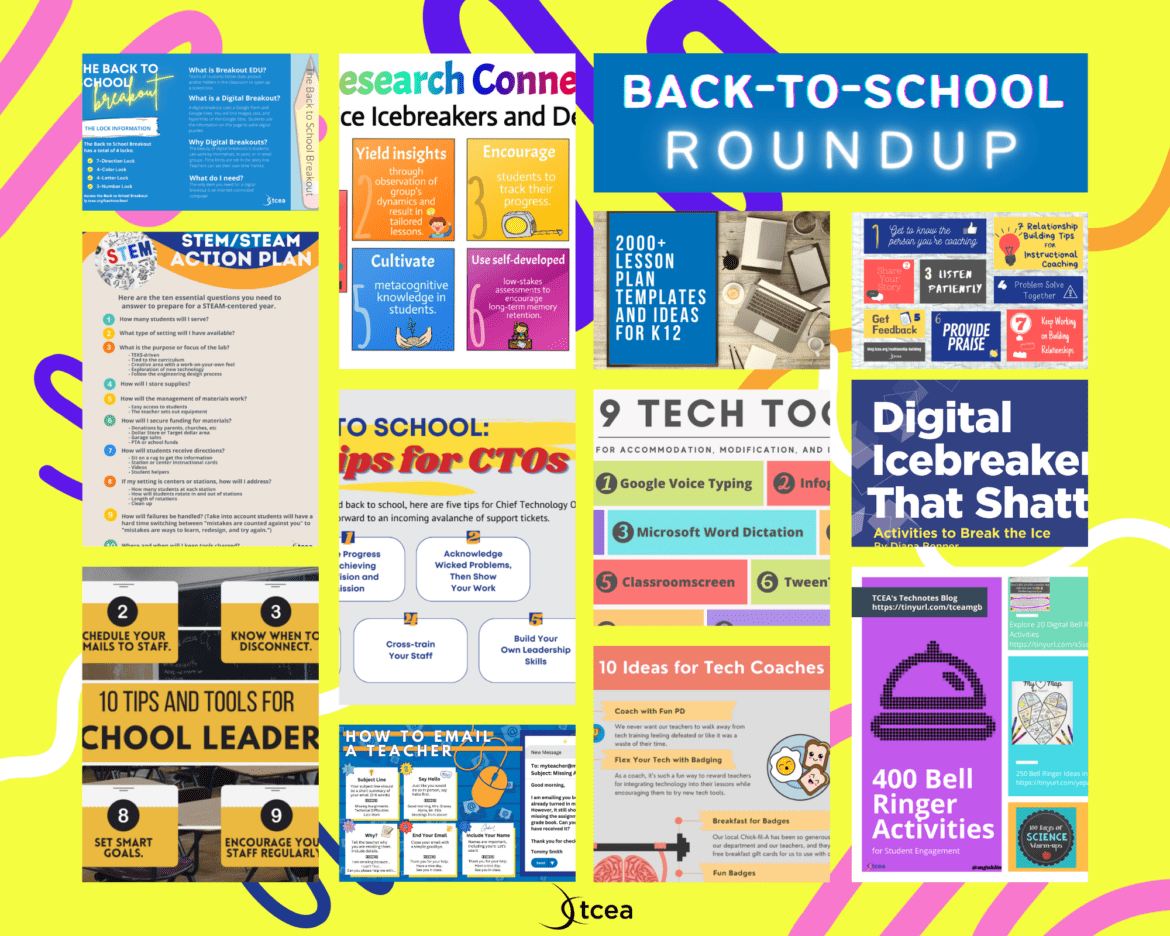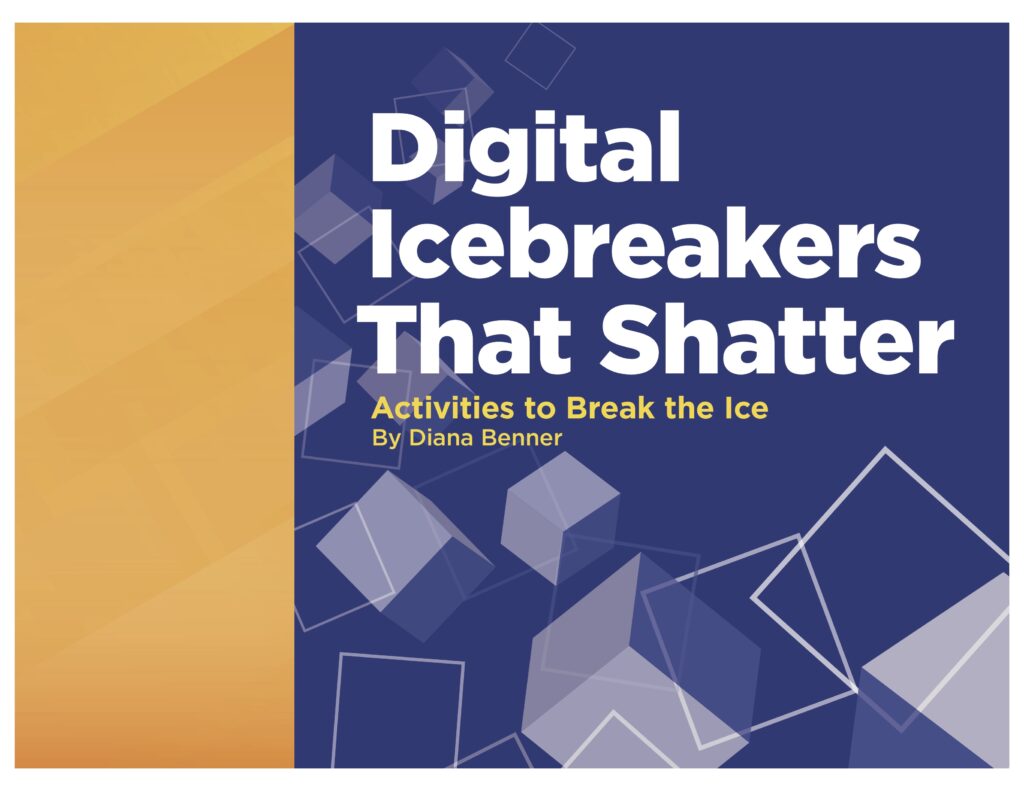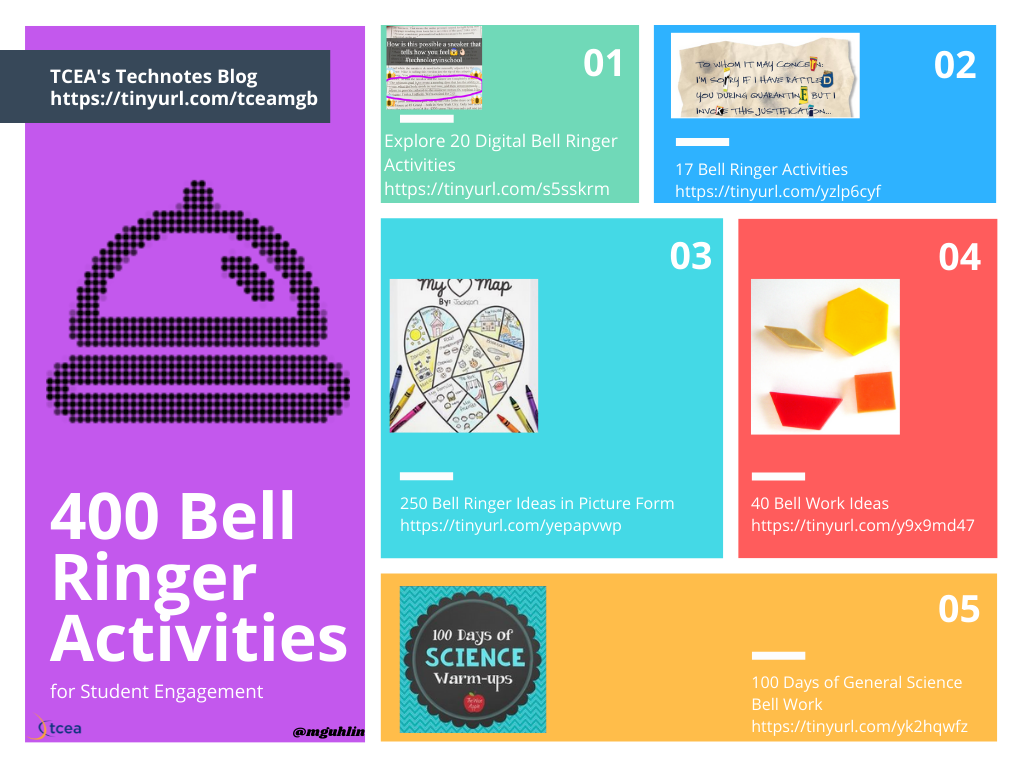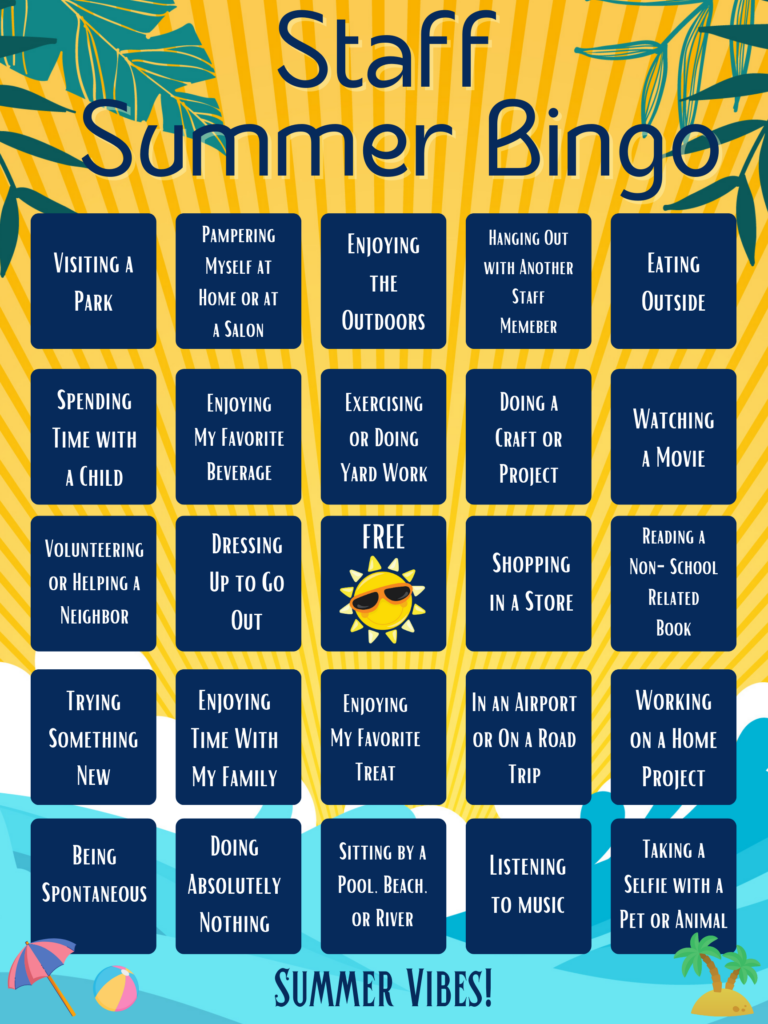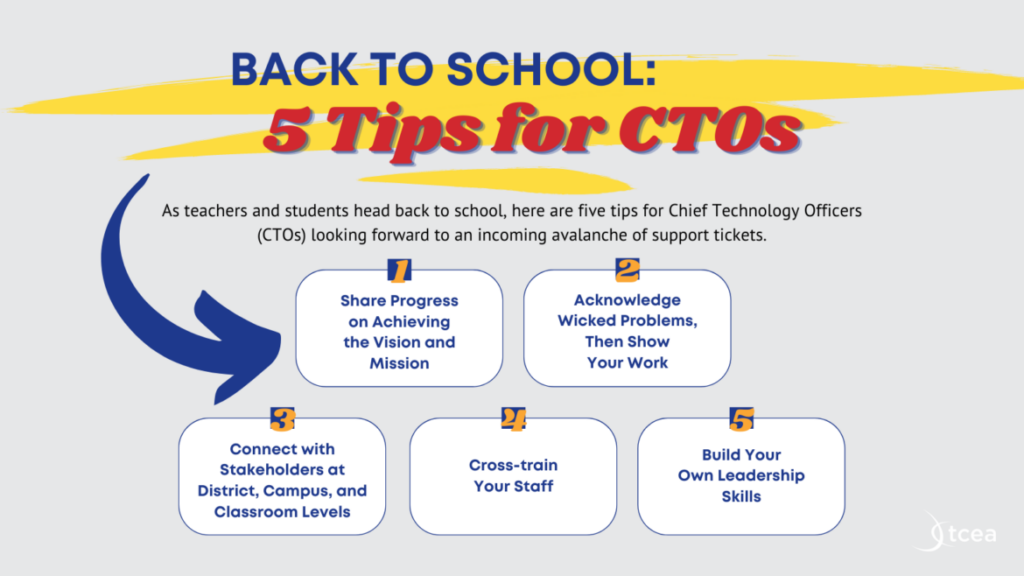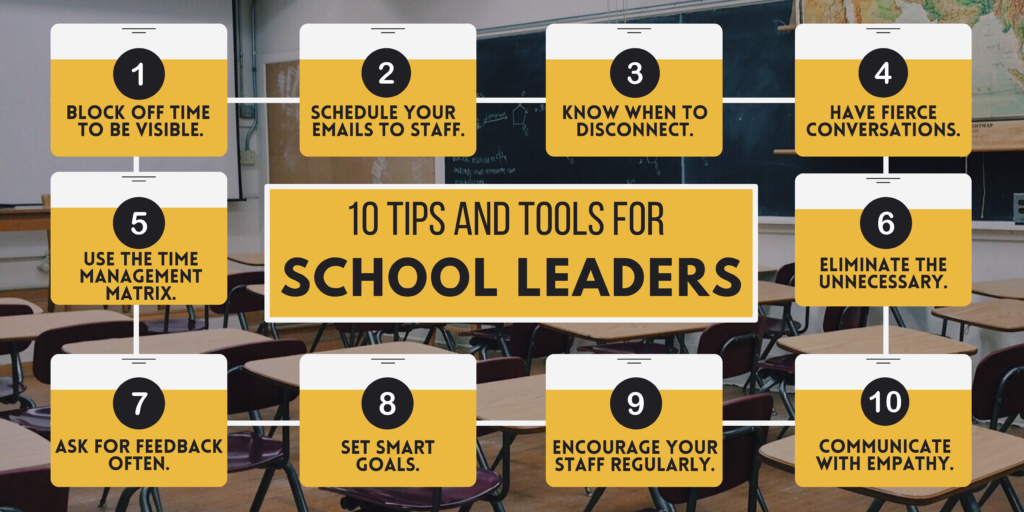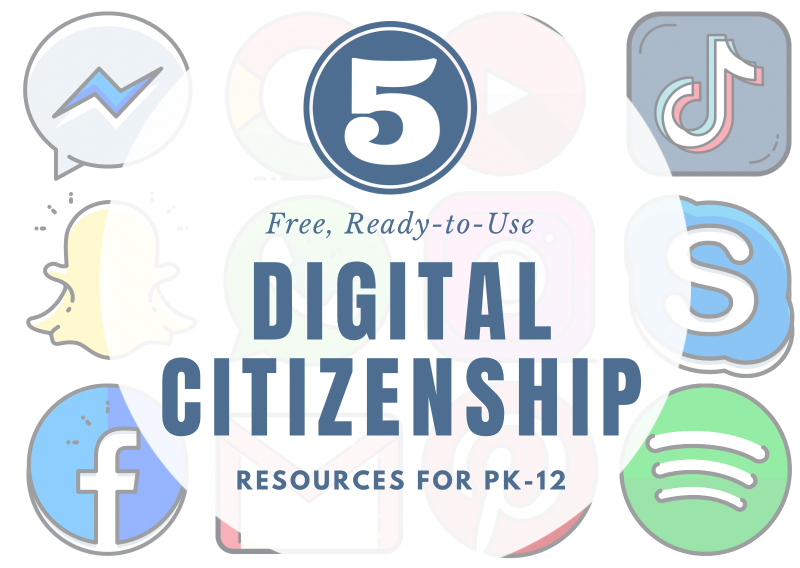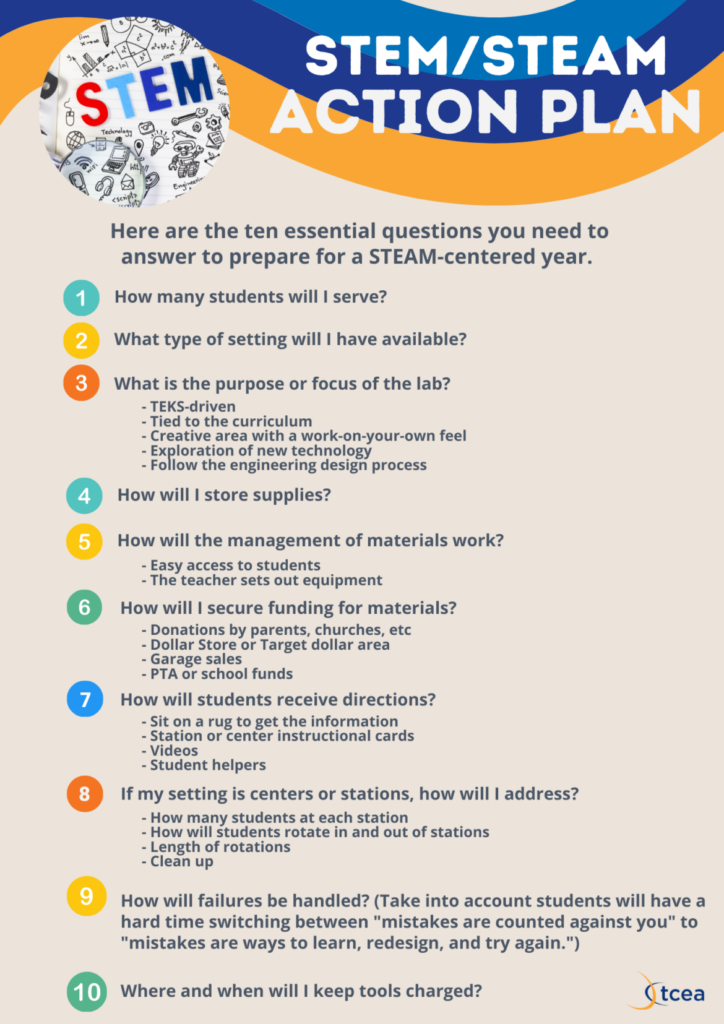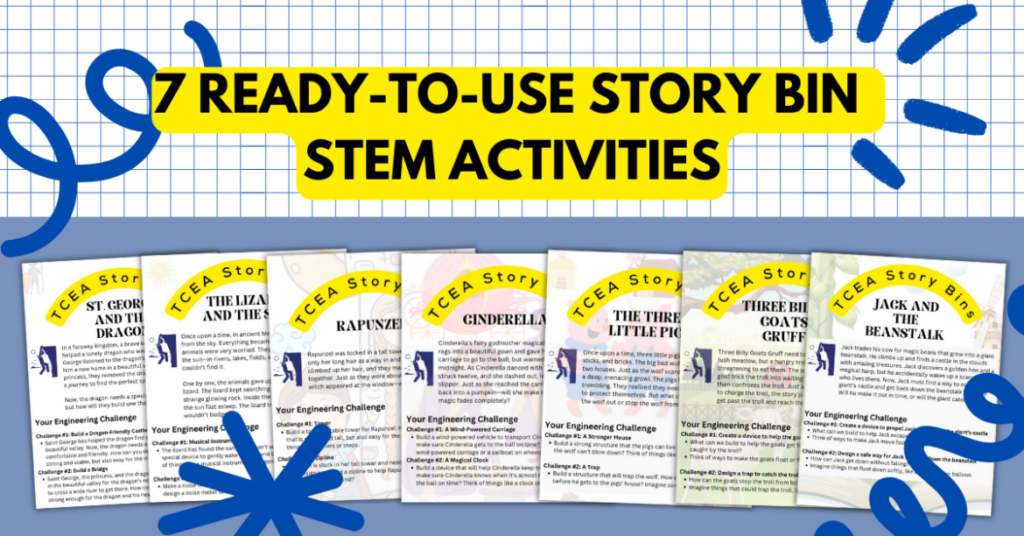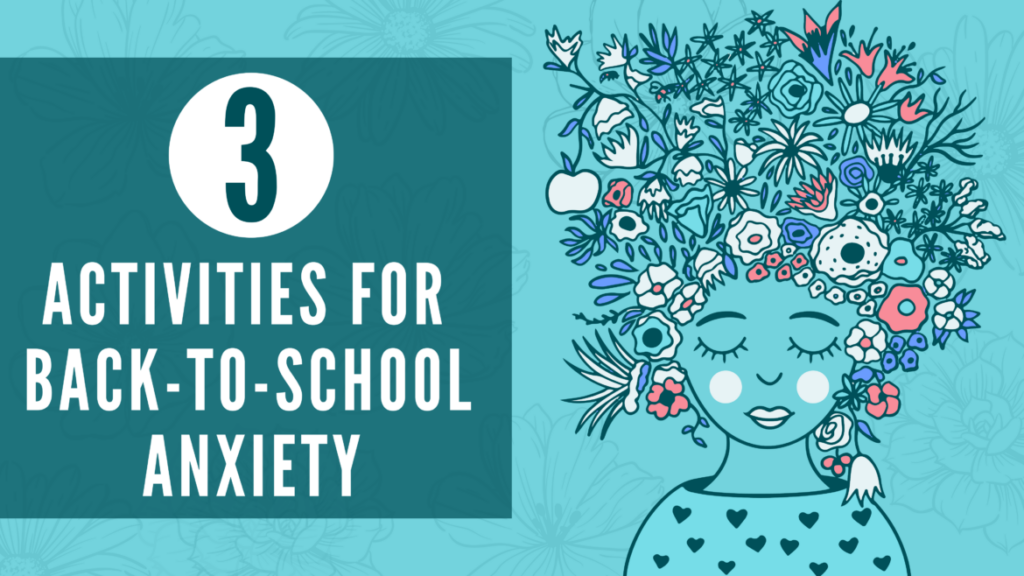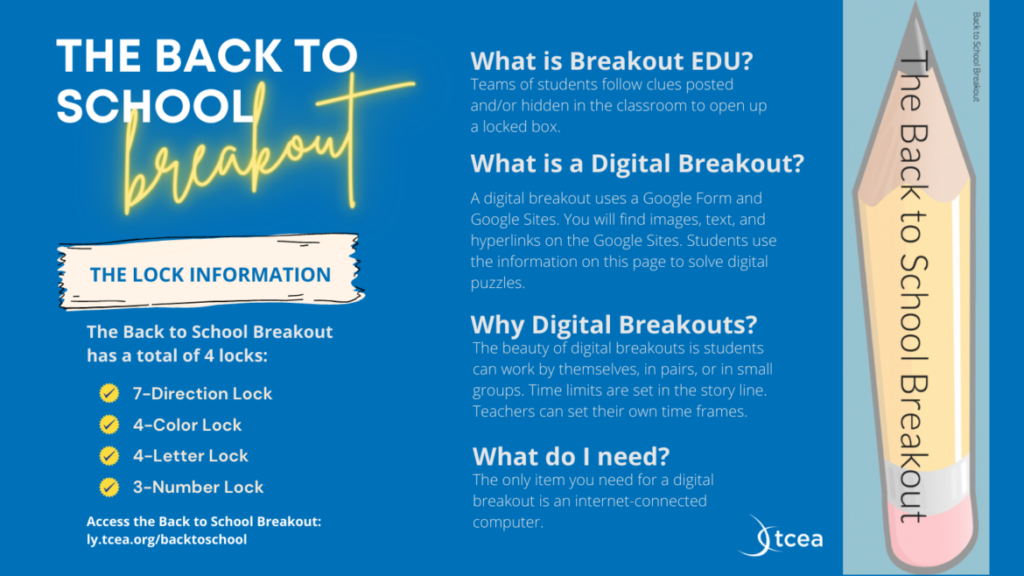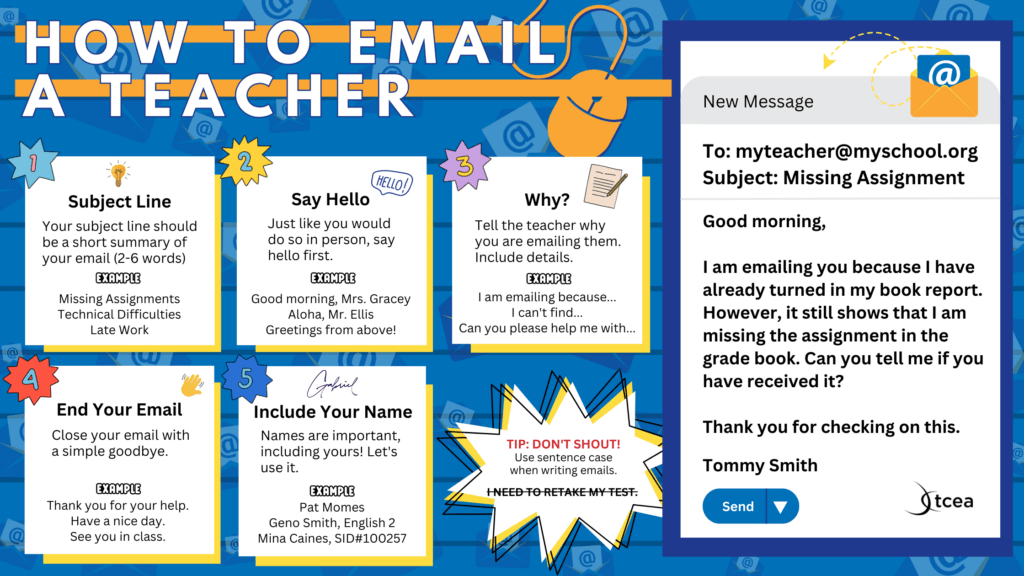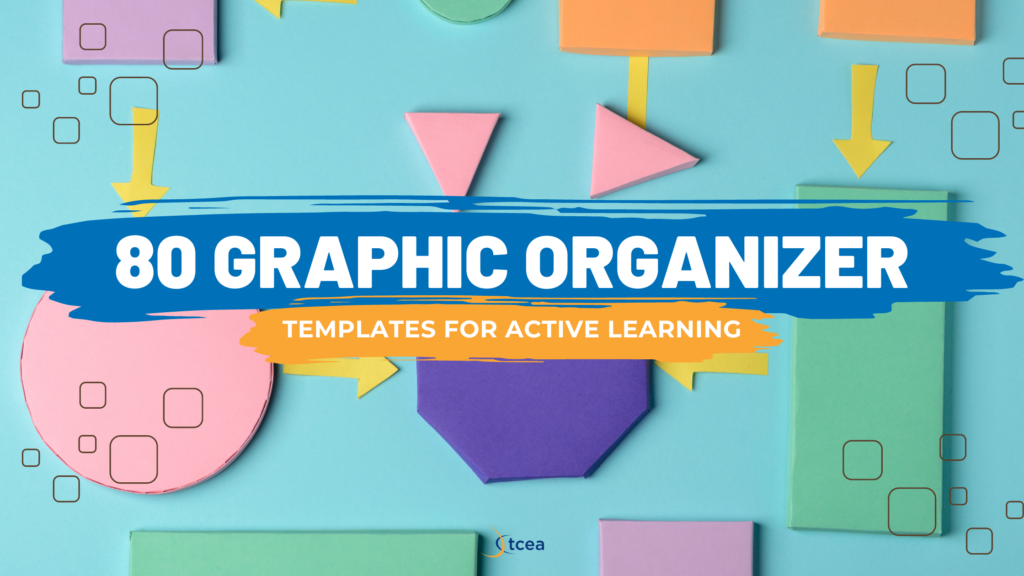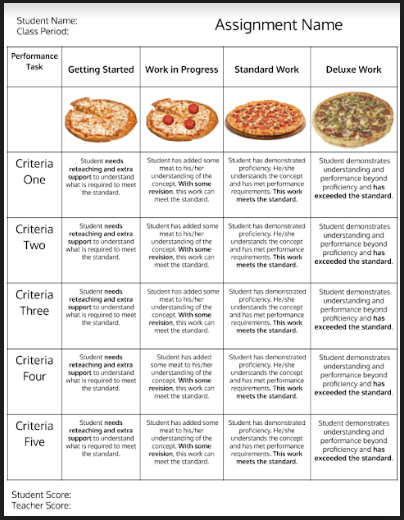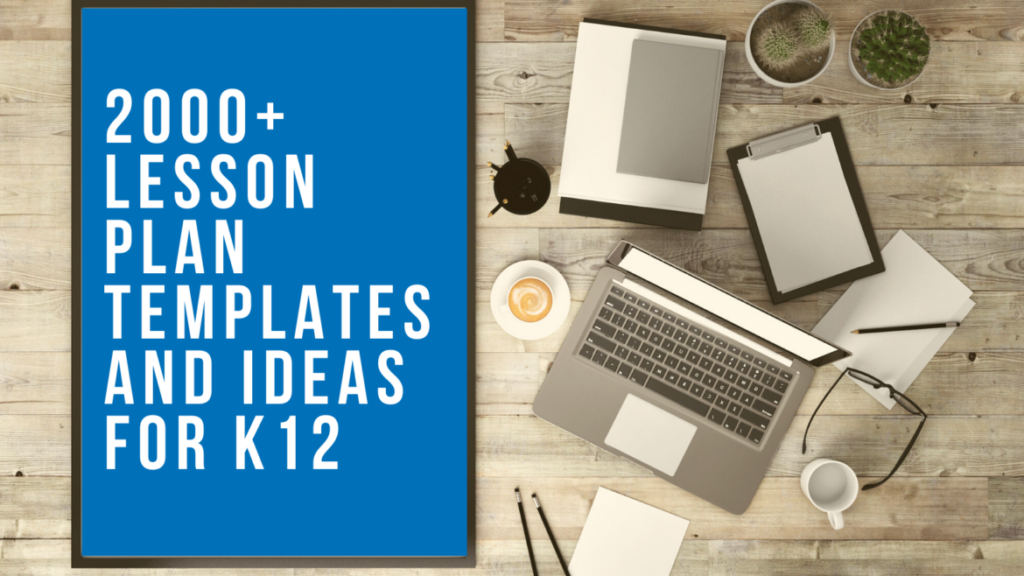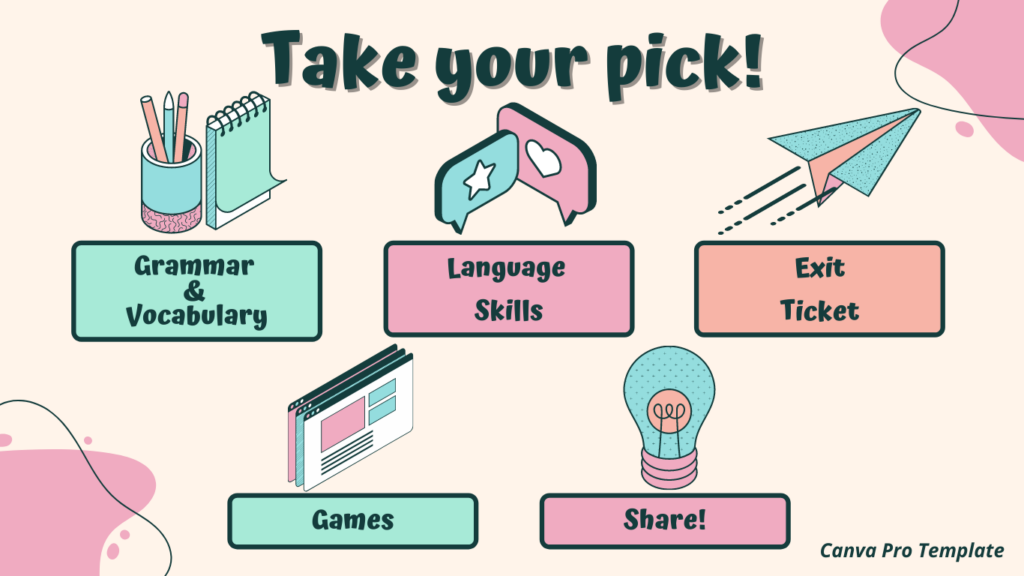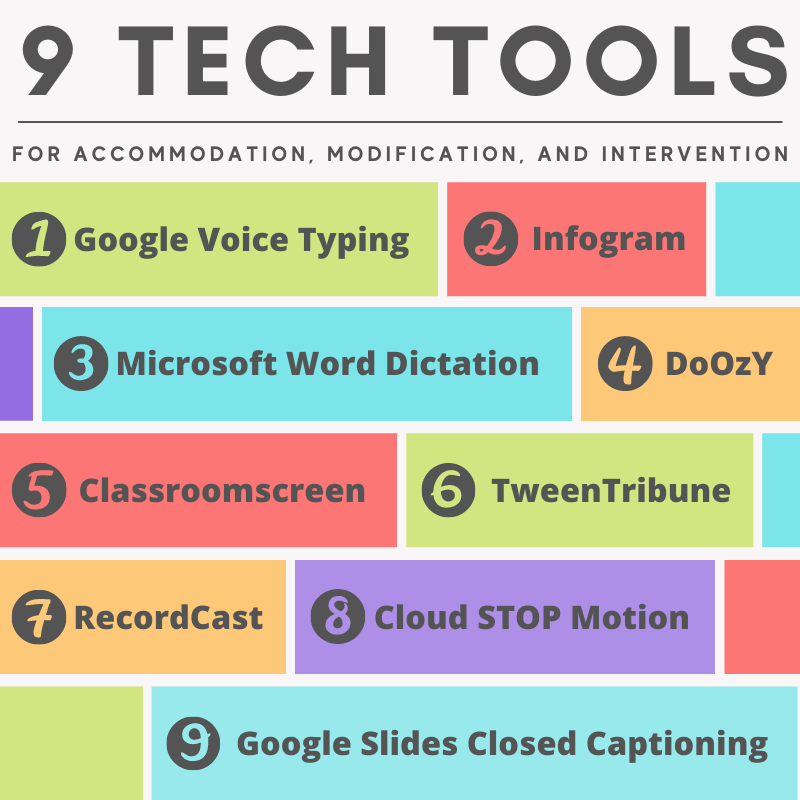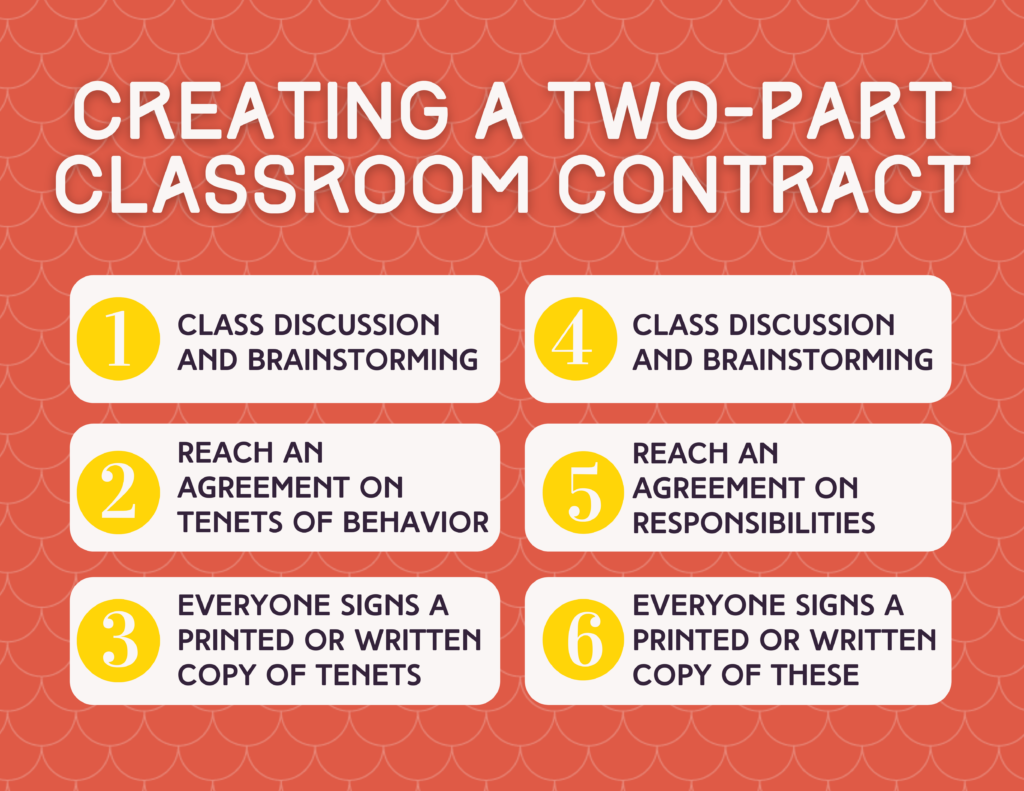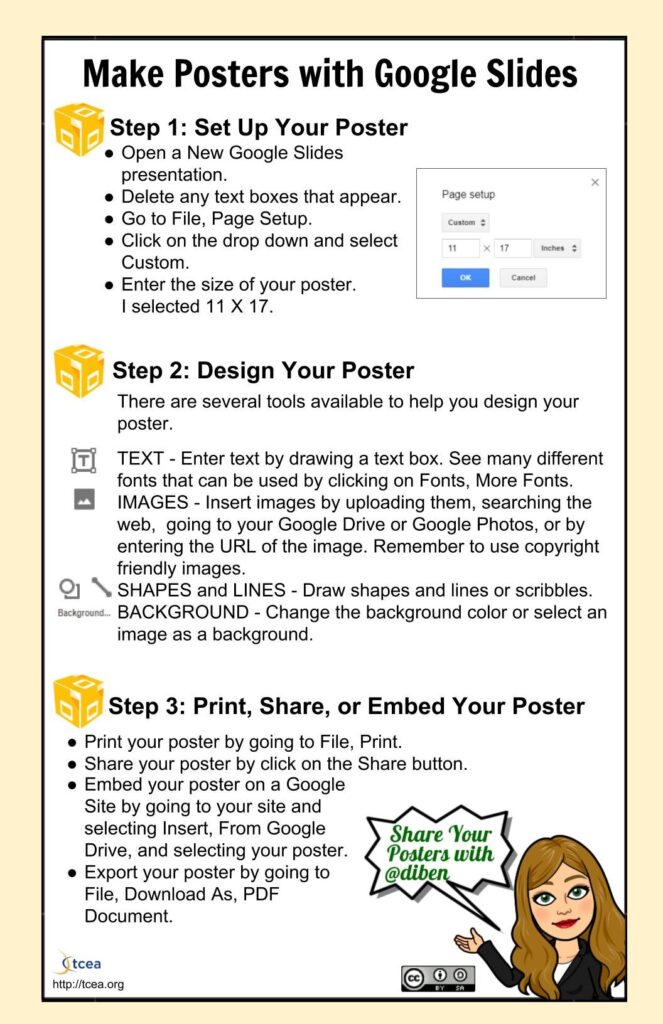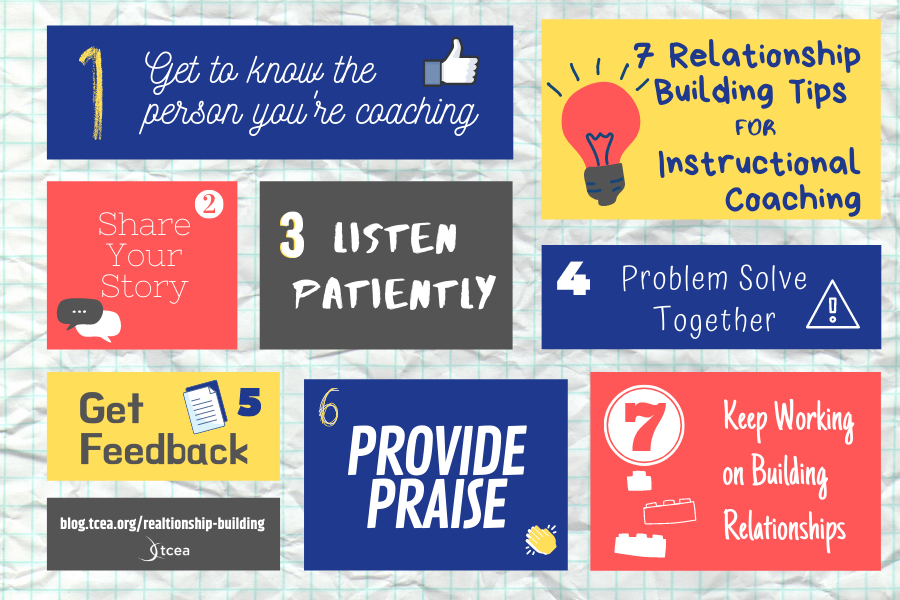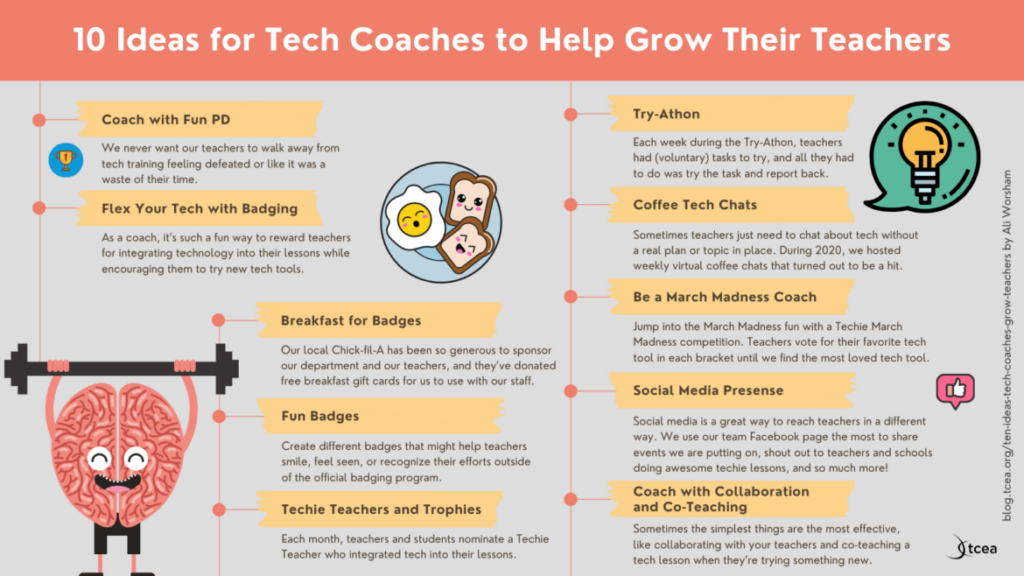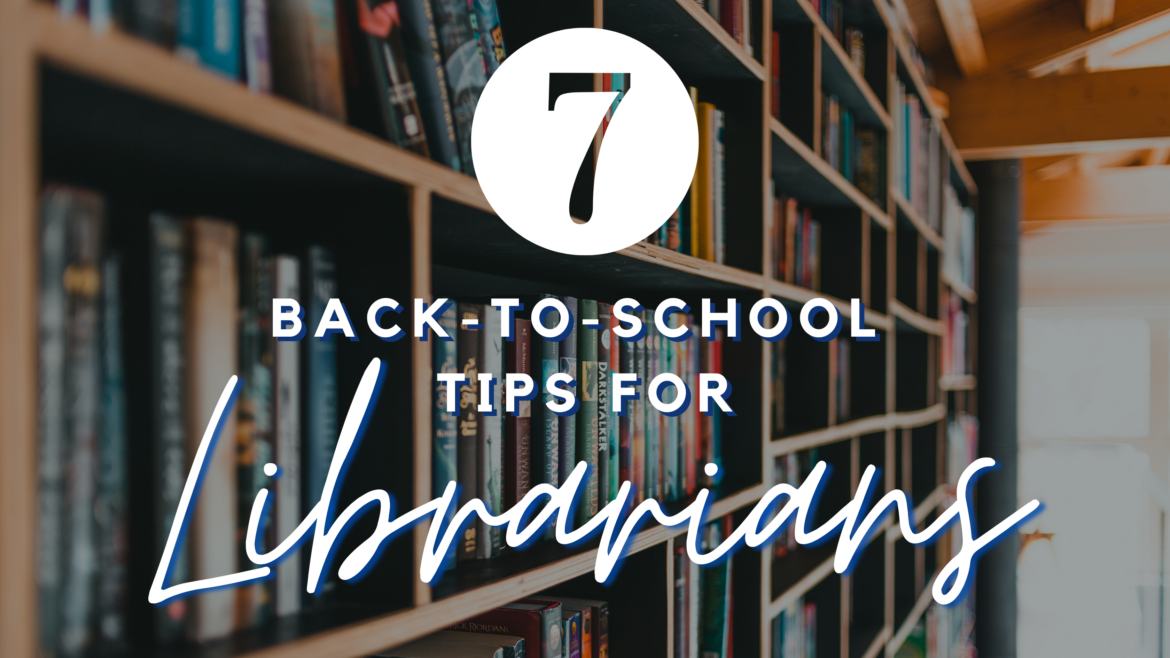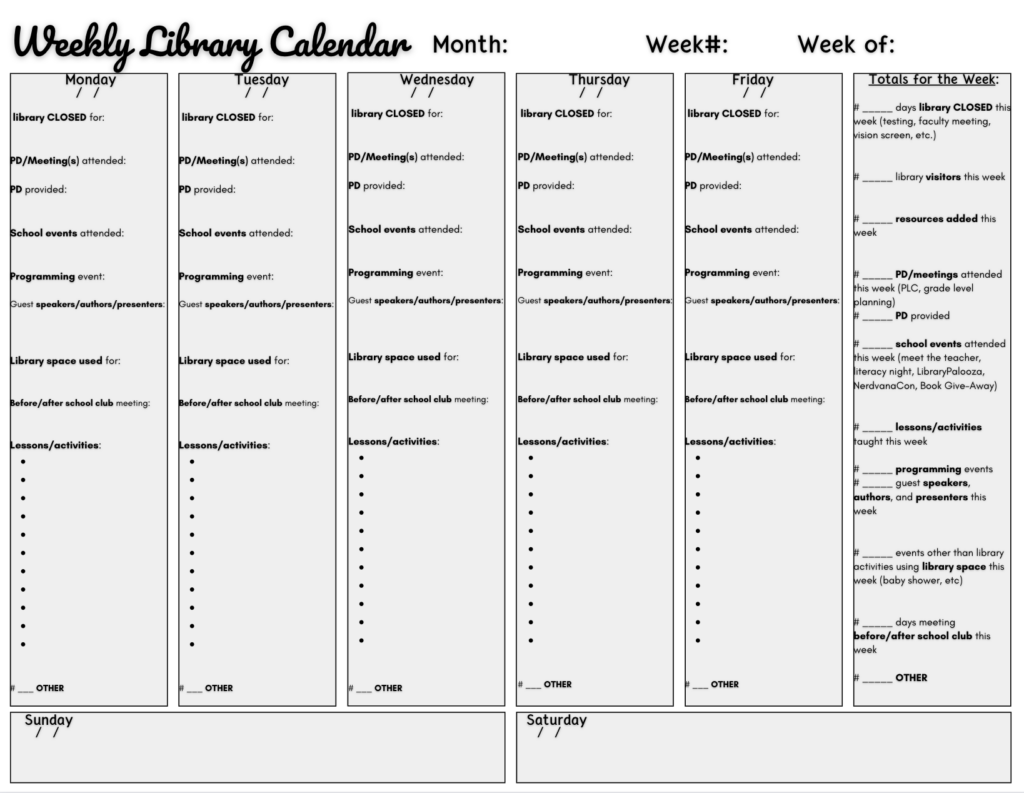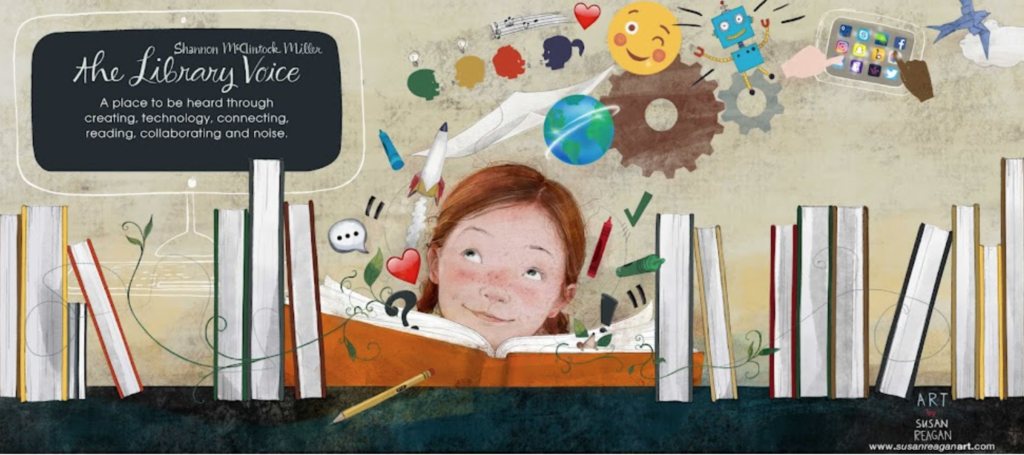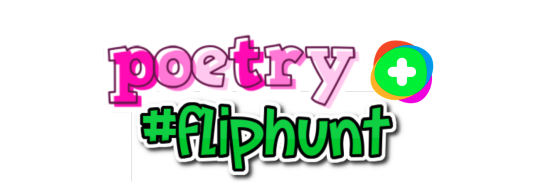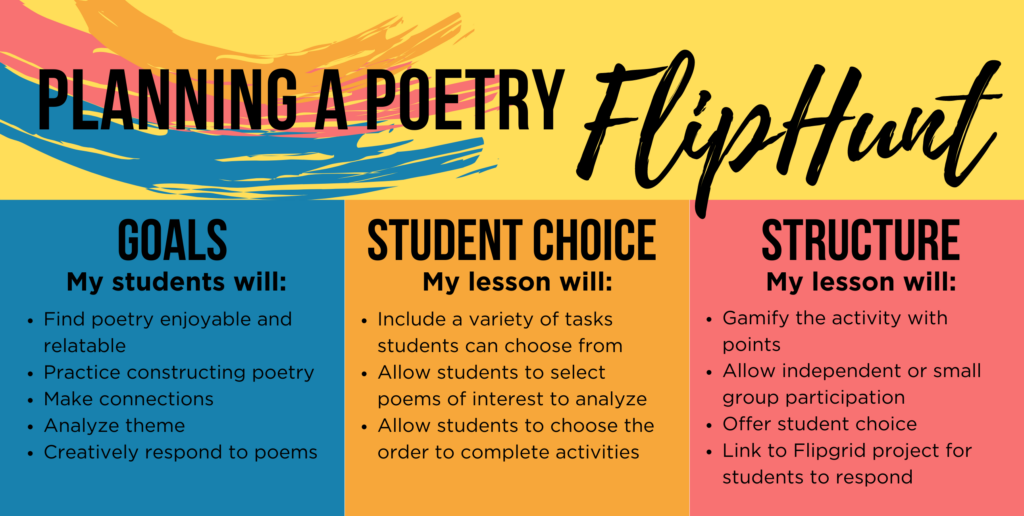Discover tools, tips, and strategies for effective lesson planning and preparation. Explore resources to streamline teaching and maximize learning.
The Amazing Lesson Design Outline (ALDO) serves as an easy-to-use reminder of what you can include in lessons. Not only does it provide handy links to SEL and assessment, but it also does something more – it provides easy, one-stop access to evidence-based instructional strategies. Then, it combines those strategies with digital tools suggestions.
But no one outline can do everything, right? One big omission from ALDO? EduProtocols. Let’s explore how to enhance ALDO with classroom workflows. But first, let’s review ALDO.
What is ALDO?
ALDO is a lesson design outline containing five components:
- Relationships First: Trust and Social-Emotionl Learning. Select an activity you can use to connect with students.
- Assessment. Select a pre-assessment activity you may find useful.
- Teaching and Learning. Select a high-effect size strategy that matches your learning intention.
- Assessment. Select a post-assessment activity you may find useful.
- Reflect and Share. Select a Reflection Activity.
You may be familiar with Where’s Waldo series of books. You’re trying to find Waldo in a variety of fun settings. That’s one way of looking at the Amazing Lesson Design Outline (ALDO). Within the five-part outline, the lesson design blends in and offers resources for the following:
- Positive teacher-student relationships. This part of the outline takes brain-based learning and social-emotional learning into account.
- Evidence-based strategies. For example, high-effect size strategies detailed in the VisibleLearning MetaX database)
- Digital tools. There is a vast array of digital tools available today. How can you pick the right one and use it to augment the effect of a paired instructional strategy?
- Assessment. How can you assess students and then provide quality feedback about where students are?
ALDO integrates research from several key authors. As a result, educators have shared it a zillion times on social media. What ALDO is missing, though, is a connection to EduProtocols.
What Are EduProtocols?
Having read the first two books by Marlena Hebern and Jon Corippo, I found myself marveling at their work. EduProtocols makes blending research-based strategies and digital tools fun and exciting.
“EduProtocols are instructional lesson frames. They are designed to engage students in learning through critical thinking, collaboration, communication, and creativity. EduProtocols can be used with any subject, any grade level.”
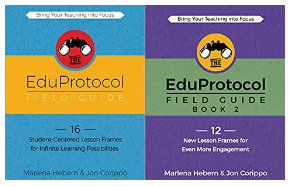
What’s amazing is that EduProtocols have been out there since 2018. But there are still folks who may be unfamiliar with them. This means that there are tons of great EduProtocols resources out there for you to explore.
I love the use of the word “workflow” in the EduProtocols Field Guide #1. In it, the authors describe protocols as:
“workflows which can be repeated with changing content…[they] stabilize workflow for the teacher. The protocol shifts the main workflow from teacher-to-student to student-to-student.”
Resources for Exploring EduProtocols
Trust me, you can go down a rabbit hole exploring EduProtocols. Keep the idea of EduProtocols as “workflows” in mind.

For now, here are a few links that will start you on your journey:
- EduProtocols Master Slides and Examples and EduProtocol Book 1 Templates
- Collections of EduProtocols:
- Eduprotocols – Wakelet (and more)
- Find amazing examples in a hashtag search
- SaddleBack Valley Schools
- HillBrook Technology
- EduProtocols main website and EduDuctTape Interview with Jon Corippo
- Math Reps – This website has a lot of useful templates for use at all grade levels in support of math. Also, see Mathematical Practices and EduProtocols
Where Do EduProtocols and ALDO Connect?
My big question has been, “How would EduProtocols fit into the Amazing Lesson Design Outline (ALDO)?” I suspect that question popped into my head for a simple reason. My brain is trying to make sense of where EduProtocols fit into my schema, or my theory of how things work together.
Since EduProtocols are workflows, it seemed pretty obvious to include them in ALDO. ALDO is awesome because it combines three elements: 1.) instructional strategies, 2.) digital tools, and 3.) FUN.
Here, you can see section one, “Relationships First,” within the WALDO outline. It contains a plethora of linked activities and resources to choose from.

In ALDO, you can match phases of learning, instructional strategies, and digital tools and now includes EduProtocols for each phase and strategy, Here is the chart providing suggestions and resources under DIGITAL TOOLS: SUGGESTIONS in the ALDO.

There’s a lot to plug in, discover, and explore with ALDO! But designing lessons with strategies, workflows, and digital tools in mind helps me to see how EduProtocols fit into existing evidence-based instructional approaches. I hope that it does the same for you.

